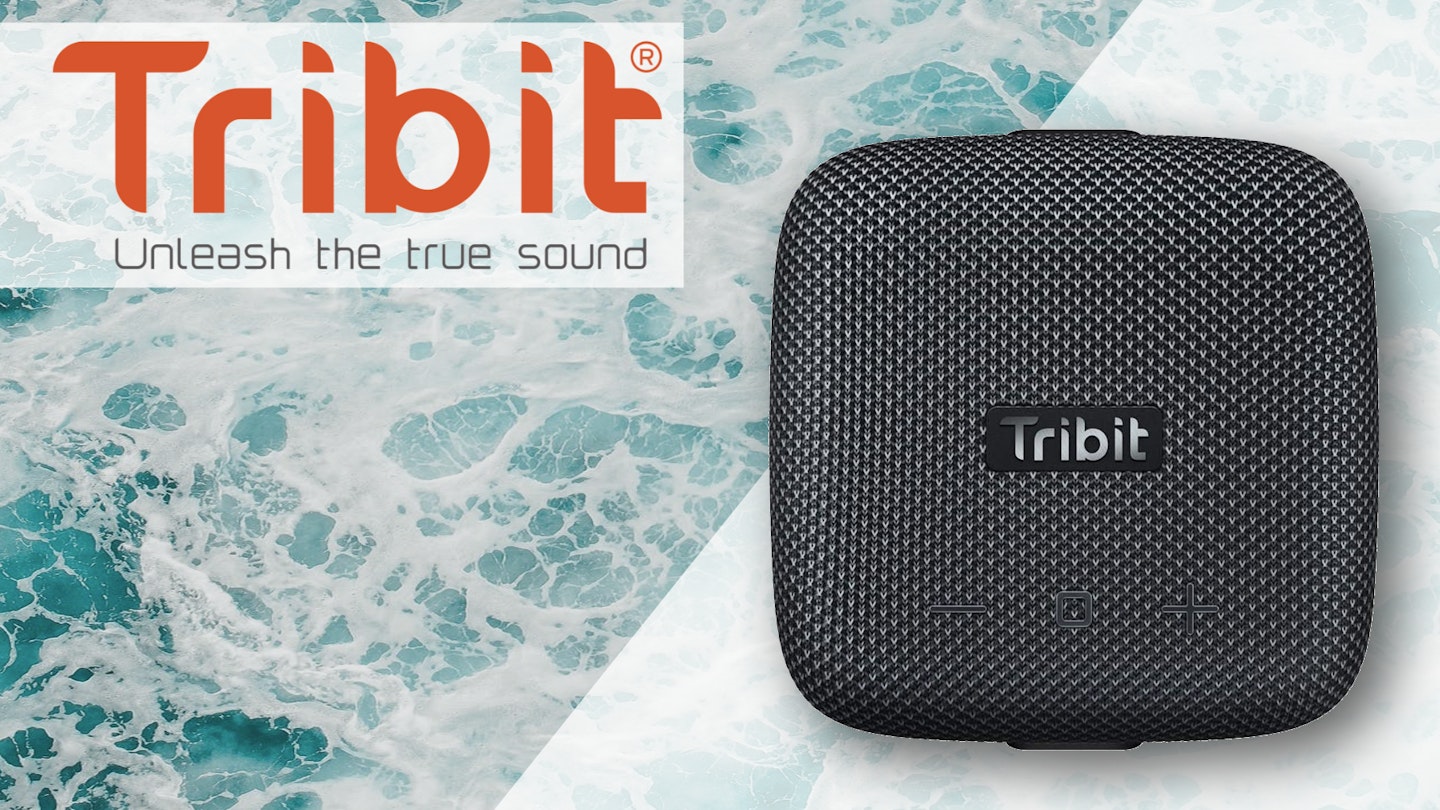With an insatiable thirst for new speaker tech, What’s The Best’s William Lobley jumped at the chance to test the Tribit StormBox Micro - an affordable portable Bluetooth speaker promising big things in a tiny shell.
The Review
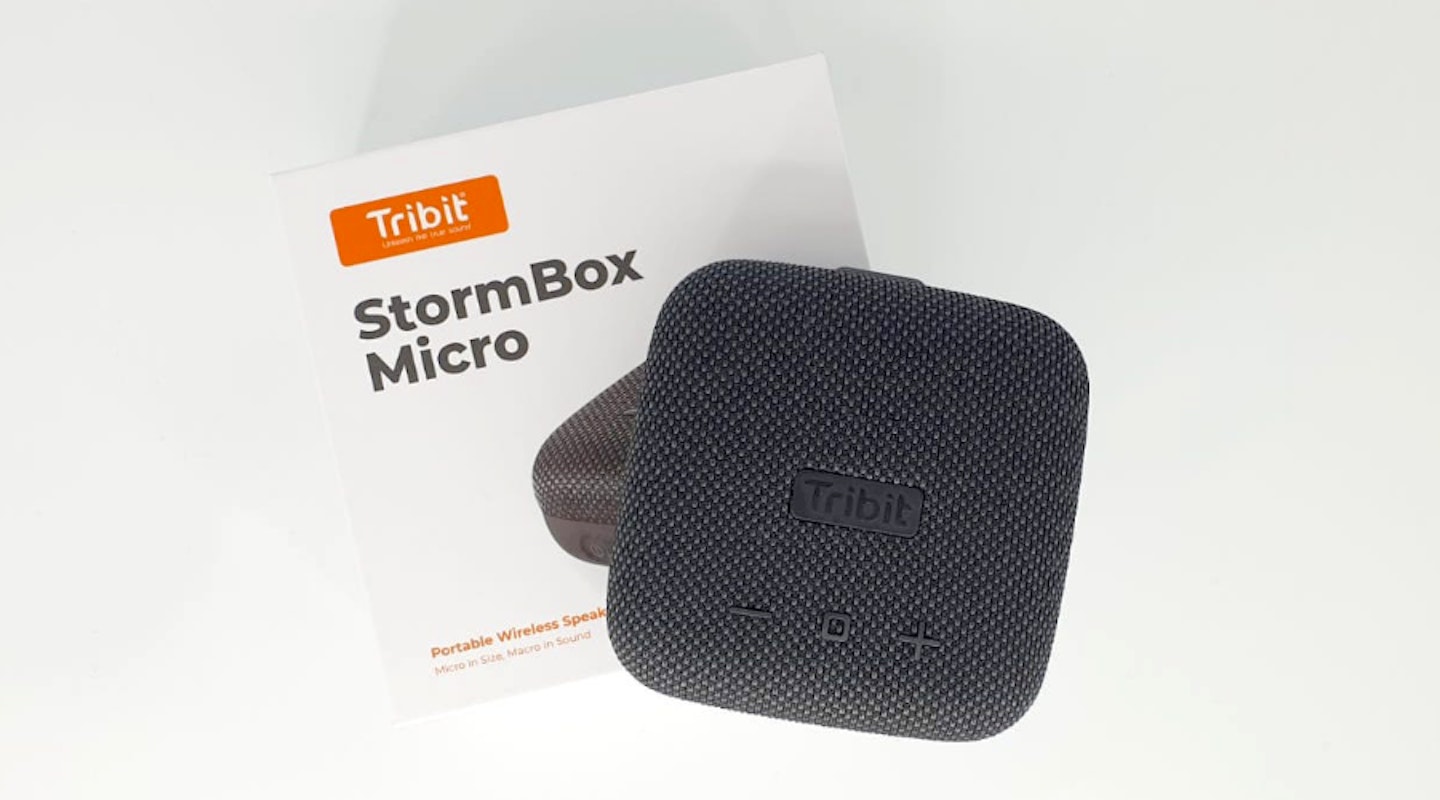
In the spirit of honesty, you should know that before I had the StormBox Micro in my hands, I was a little sceptical. A summer spent socialising (at a distance) outdoors has made me both a bit suspicious and tired of small Bluetooth speakers. I’m by no means an audio snob, but I know a good speaker when I hear it, and some of the products my friends have chosen leave a lot to be desired.
They themselves are aware of this fact, often throwing out a boilerplate-response of “I know, but it was only £40”. Needless to say, when I was offered the chance to put the sub-£40 Tribit StormBox Micro through its paces, I was more than ready to vent my discontent at the unsuspecting device.
As it happens, I can’t do that. The StormBox Micro made me eat my words before I could even get them down.
The Device
Out of the box, the first thing to note is that the speaker is indeed small. Measuring around 10cm long and tall, 4cm deep and weighing close to 290g, the StormBox Micro quickly ticks the portability boxes. The silicone strap on the underside takes this even further, being able to pass over or through bag straps, handlebars or belts with ease, and holds in place well. The speaker's general build is solid too, feeling sturdy and robust.
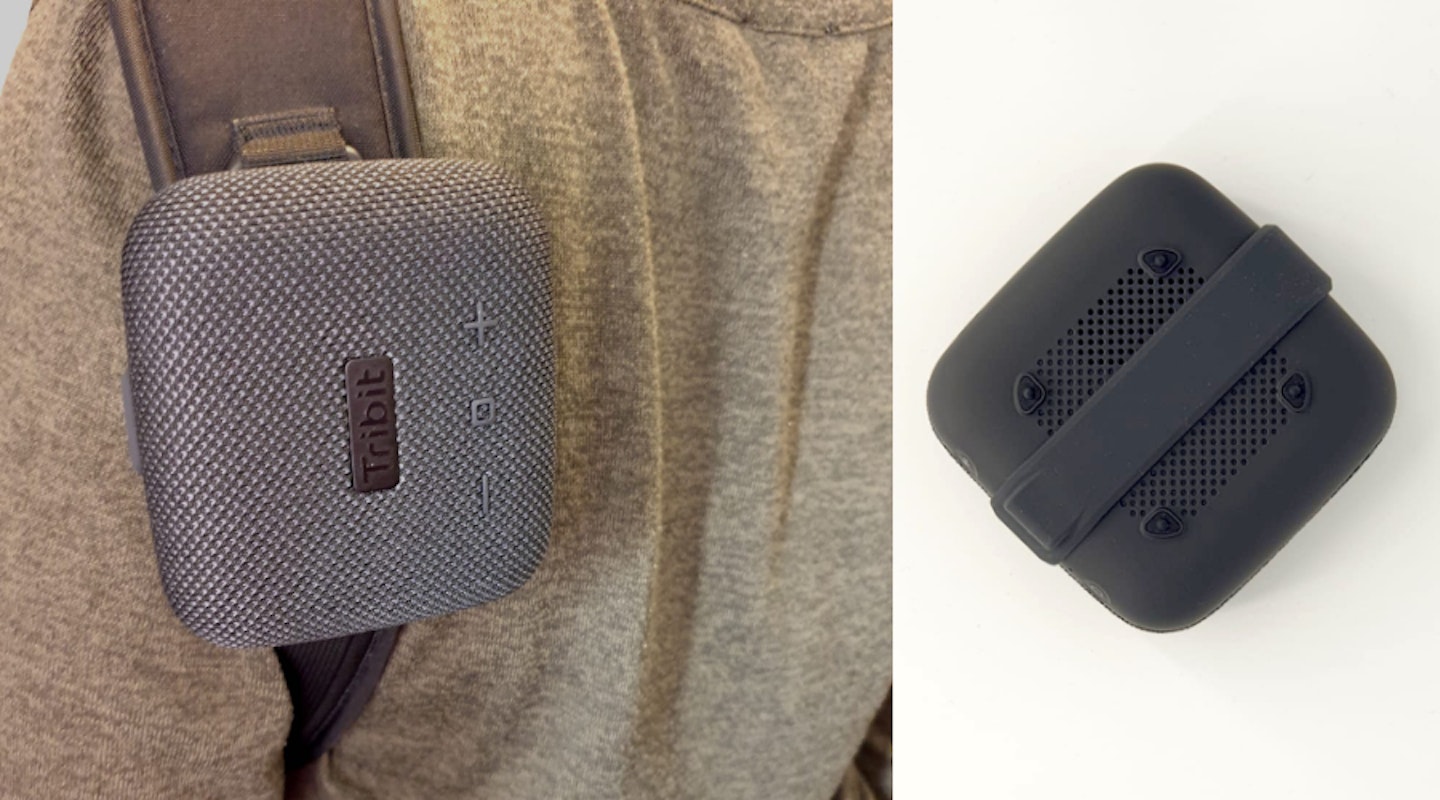
The StormBox has a black-on-black, no-frills design, and while some may feel this lacklustre, I think its understated nature is very welcome. On the top, detailed in yet-more black, sit the main controls: volume up, volume down and stop/start. On the side, you will find the buttons for power and Bluetooth, and six LEDs (one to confirm power/connection, while the remaining five display the remaining battery). Powering on is quick, and a Bluetooth connection is established with equal haste (the initial linking up is super-quick, too).
The Sound
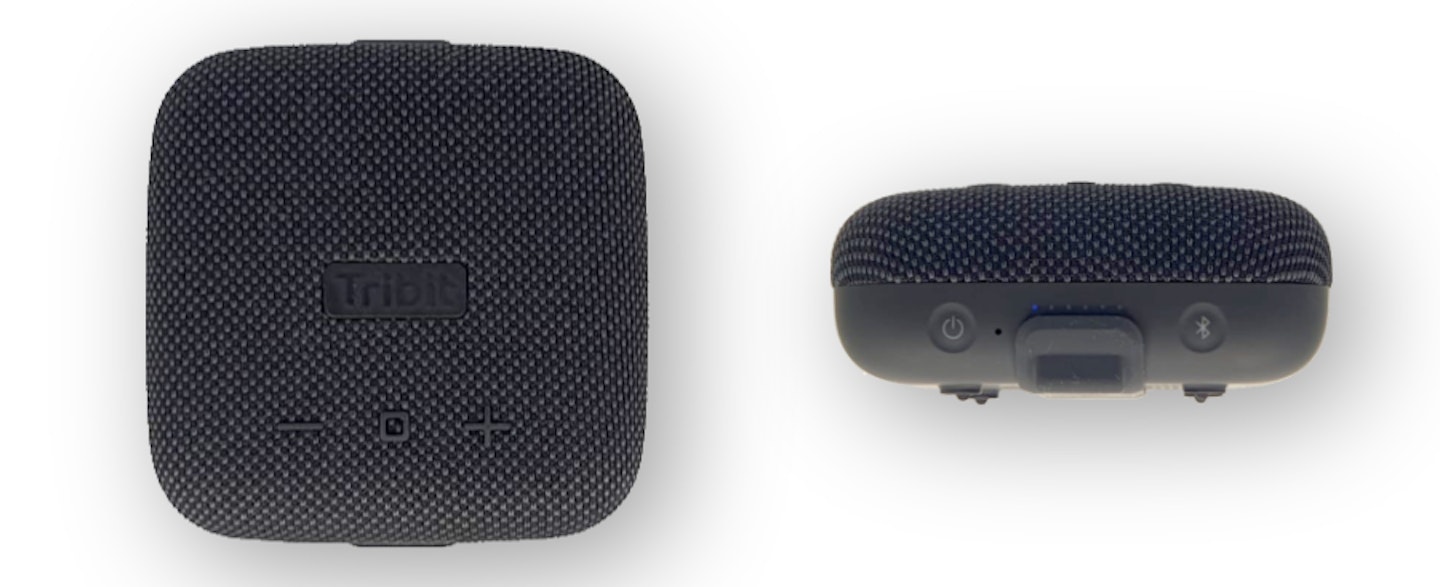
Now, the thing that really matters: the sound. Even though I was impressed with the build quality, I still held my judgement in reserve because, I thought, what can a 9W battery-powered speaker offer? The second my Spotify launched and the music began, I found out the answer.
What struck me first was the bass. A portable speaker’s smaller size usually means that the thicker, bottom end of your favourite music gets cut. Not so with the StormBox Micro - this thing bounces. “Apricots” by Electronic-duo Bicep helped the speaker show what it could do, demonstrating a bass that's not only present but powerful, tightly controlled and carrying a real energy with it.
Equally as impressive is that the bass’ power doesn’t overwhelm the rest of the mix. Despite being a mono-speaker, the mids and trebles are all here, filling out the sound accurately. Switching over to “Old Man” by Niel Young showcases the StormBox Micro as more than capable of handling songs focussed on vocals, guitars and piano.
To confirm its audio range, I took a trip through as many genres as I could, from heavy metal to jazz, hip hop to dance, country to K-Pop, and more besides. I'm not going to list them all here; just know that yes, the StormBox has versatility.
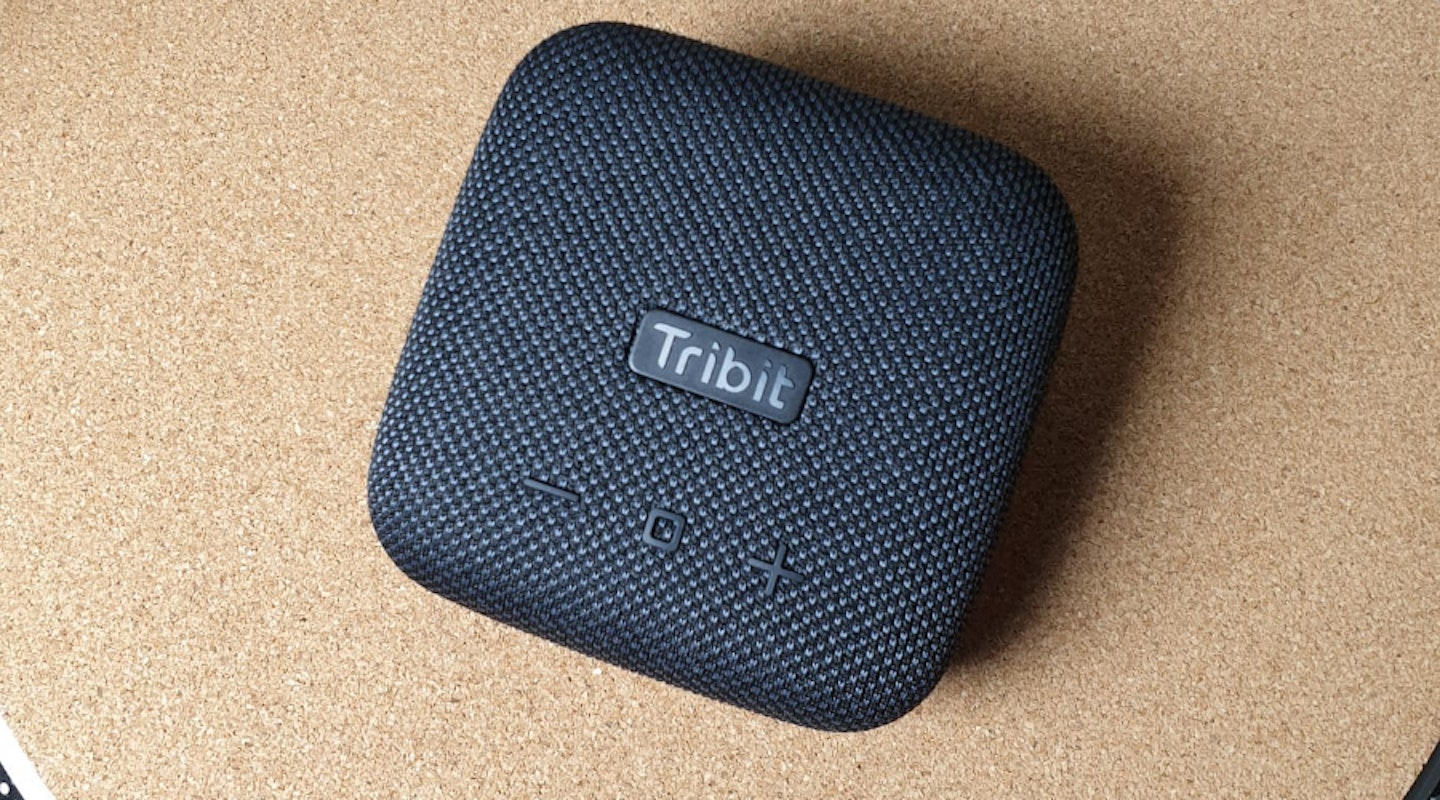
Volume is never a problem either. My test saw the speaker accompany around my flat during a pre-inspection deep clean (the IP67 rating gave some extra assurance here). Through a cacophony of vacuum cleaners, washing machines, dehumidifiers and the groans of a 20-something having to tidy up, the speaker managed to break through with ease. It spent most of its time on 50% volume, which I found to be plenty - as a rough guide, you need to raise your voice to have a conversation at this level.
However, you do start to hear the sound quality drop off around 75% as the mono configuration begins to struggle. At full volume, the StormBox Micro is very, very loud, but the tight refinement gets left behind. Still, for most people, these levels are never going to be required. (If you have two StormBox Micro to hand, you can link them for a stereo experience, which might resolve these higher-volume issues).
The StormBox Micro sits on some small, raised silicone feet. This helps to keep the speaker from rattling and vibrating on a surface, leaving you with a much more accurate audio performance. However, as the bass is down-firing, you will notice that the audio quality can change depending on the surface. A sturdy kitchen worktop keeps the audio tight while sitting the Micro on top of an empty cupboard gives the bass a much boomier quality.
The Battery
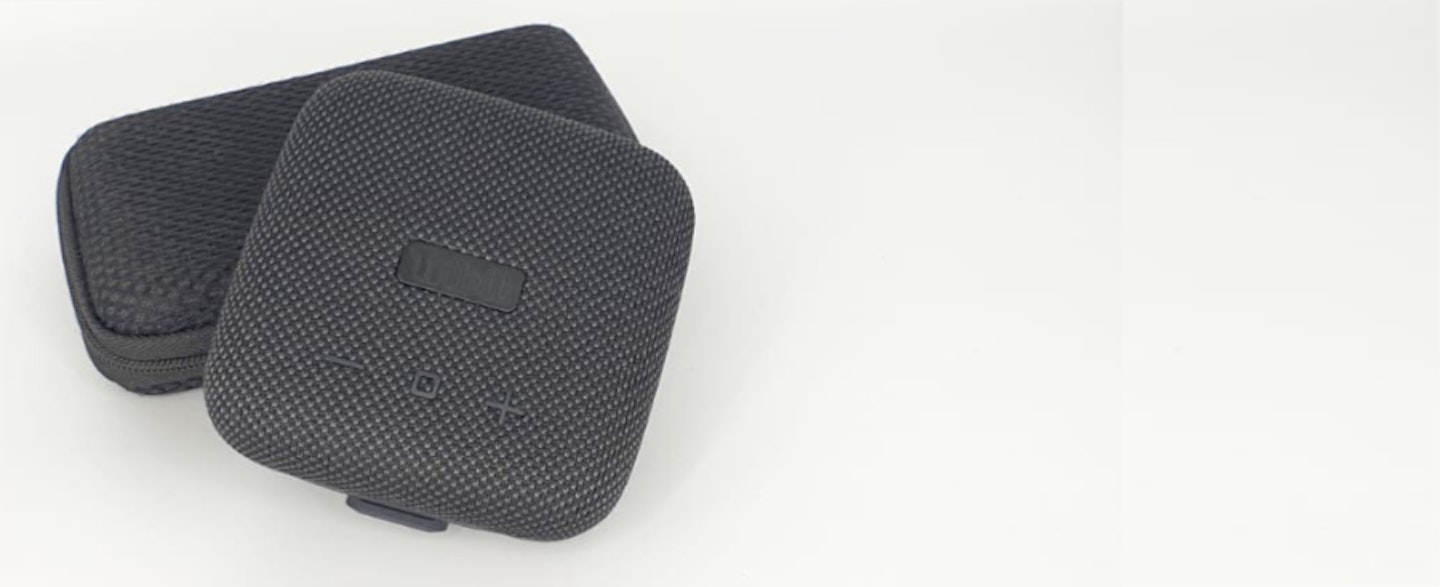
Tribit advertises the StormBox Micro as having a long battery life, which translates to around eight-hours. In comparison, the StormBox Micro's rival products, such as the UE Boom 2 or Anker SoundCore Mini, are offering in the region of 15-hours battery life.
While these things are all a matter of personal preference, I think that taking a hit on the overall battery life is worth it here, as the sound quality, reliable connectivity and general volume performance are so high. Besides, it doesn’t take very long to recharge via its USB-C connection.
The Verdict
Pros: Cheap, robust and with a killer sound to boot. Cons: Battery life isn't huge.
This little speaker proved me wrong, and I couldn’t be happier. The build quality is evident from the moment it’s in your hand, and the functionality, connectivity and reliability of its features are without fault.
The Tribit StormBox Micro's bass, mid and treble clarity is continuously impressive, hitting a standard that I'll use to judge all similar-sized and priced speakers from now on.
What to read next: Find the best bluetooth speakers
Related:The best waterproof speakers
Related: The best PC speakers for any budget
